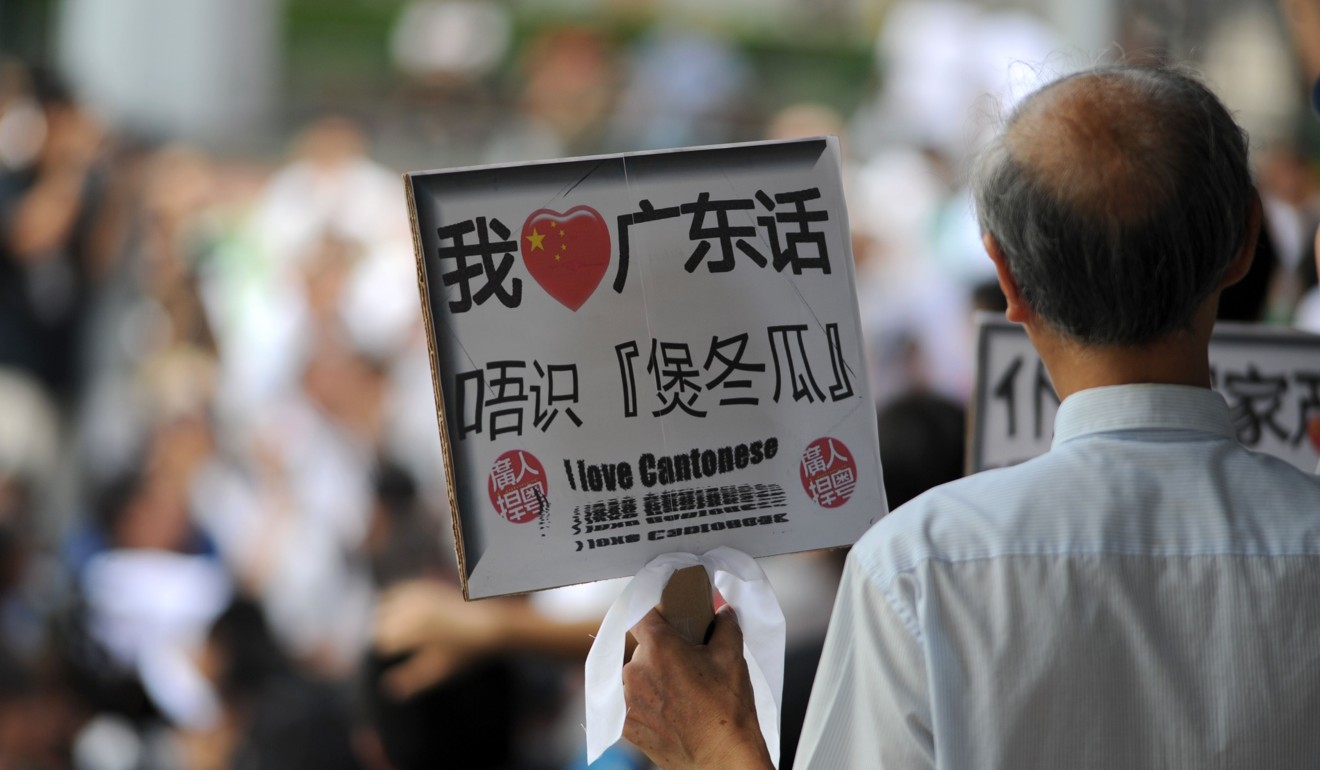
Why it’s hard to argue there is one Chinese language
To a linguist ‘the Chinese language’ is a family of languages – not dialects – that for the most part are mutually unintelligible and written different ways; an appreciation of this variety would help discussions about language policy
If the idea of “one China” is found to be debatable, consider the notion of “the Chinese language”.
From a linguistic viewpoint, “Chinese” acts like “Romance” or “Germanic” – the generic name for a family of languages somewhat related through history and culture. In the broadest sense, the Chinese language, a branch of the Sino-Tibetan family, encompasses seven main regional groups of Sinitic, such as: Mandarin; Wu, which includes Shanghainese; Min, which includes Hokkien and Chiuchow; Hakka; and Yue, which includes Cantonese. Most of these groups are mutually unintelligible – spoken Mandarin and Cantonese are as distant as Italian and Romanian. Still, these varieties are often commonly referred to as “dialects” of Chinese.
In Hong Kong, “biliteracy and trilingualism” is how the language-in-education policy is framed, distinguishing, respectively, written Chinese and English, and spoken Cantonese, Putonghua and English. Putonghua 普通話 (“common language”) is how Standard Chinese or Modern Standard Mandarin is known in mainland China, Hong Kong and Macau. The reality, though, is far more complex – not least because, despite official policy, Putonghua is still largely confined to symbolic or ceremonial functions in Hong Kong.

Modern written Chinese is technically not bound to any specific variety, though it mostly represents the grammar and vocabulary of Mandarin. But Cantonese has its own written forms, for both formal (“High”) and colloquial (“Low”) varieties. The latter flourishes in Hong Kong, where, for instance, one finds 瞓 (fan) for “sleep” in addition to the more formal 睡 (sèoih).
In classrooms, Chinese texts are often taught using H Cantonese, with Putonghua pronunciation having little currency – for example, the word for “no, not”, realised as 唔 (m̀h) in colloquial Cantonese, is written as 不 in Standard Chinese, pronounced bù in Putonghua, but the formal H Cantonese pronunciation b¯ a t is likely to be used. There is even Hong Kong Written Chinese, influenced by Cantonese and English.
Official references to these various systems are often blurred and confused under the label “Chinese language”. Parents’ and policymakers’ worries about students’ “Chinese language” proficiency, as well as the medium-of-instruction debate, will continue, with issues of mother-tongue-based education and national-vs-local identity at their core. A more nuanced appreciation of all that “Chinese language” encompasses will go a long way towards more fruitful discussions.

